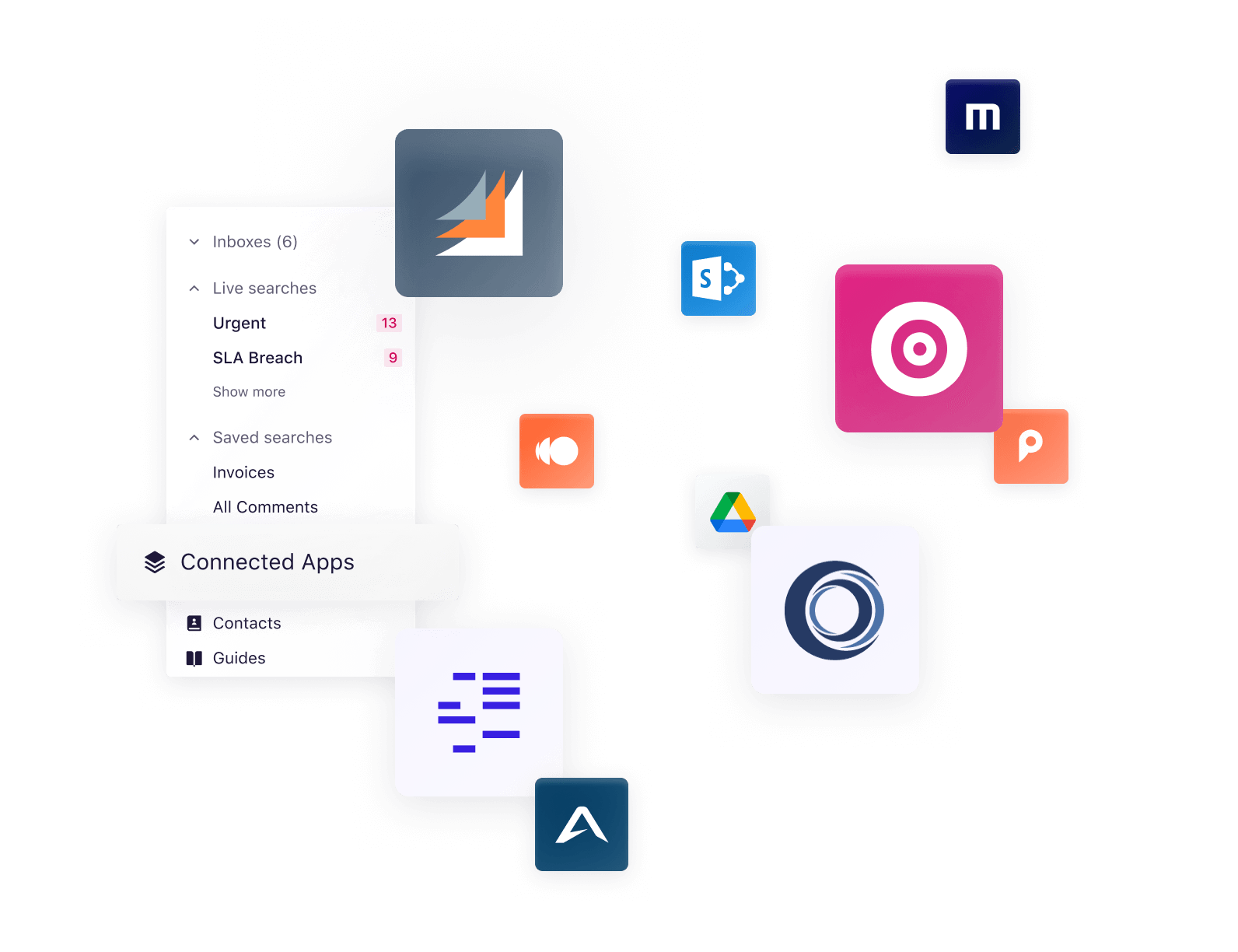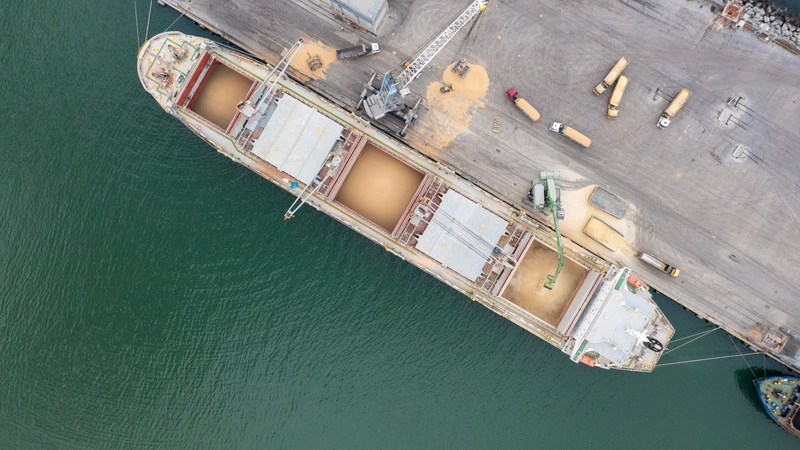Navigating digital transformation in maritime: Unlocking efficiency and innovation
The maritime industry, while steeped in tradition, is no stranger to change. Over the years, innovations like standardised containers and electronic data interchange have left their mark. However, core business functions in much of the industry still rely on outdated, manual and isolated systems. The pandemic was a catalyst for change, accelerating digital transformation by three years ahead of previous estimates. It highlighted the industry's vital role in global merchandise trade and exposed its vulnerabilities.
Companies are now recognising that building a digitally-connected business is crucial for gaining a competitive edge. Traditional applications built on ageing architectures are inadequate to meet the demands of the modern shipping landscape, especially with factors like post-pandemic working practices and decarbonisation goals reshaping the industry.
In this blog, we'll provide a sneak peek into our comprehensive guide to digitalisation in maritime, outlining its benefits and shedding light on how to embark on your digital transformation journey.
Digitalisation: A necessity for modern shipping
Digitalisation refers to leveraging digital technologies such as cloud-based services, artificial intelligence (AI), digital twins and more to streamline processes, cut costs and create new revenue opportunities. With modern shipping evolving and customer expectations growing, digital transformation is essential to meet these demands effectively.
One key aspect is the explosion of data generated in the industry. The average daily data consumption per vessel nearly tripled from 3.4 to 9.8 gigabytes between January 2020 and March 2021. This influx calls for modern, connected tools to manage and surface actionable insights.
Benefits of digital transformation in maritime
- Automation and profitability: Many supply chain processes are still paper-intensive or rely on outdated infrastructure. Automation can reduce time spent on manual tasks, minimise errors and allow employees to focus on more valuable work to increase profit.
- Streamlined communication: Cloud-based tools enable anytime, anywhere access facilitating collaboration among global teams, especially with the rise of remote work due to the pandemic.
- Data utilisation: By connecting siloed systems, companies can unlock valuable data, leading to operational insights, improved team performance and enhanced customer interactions.
- Cost reduction and sustainability: Automation and cloud services can reduce costs, increase efficiency and help fulfil sustainability goals, aligning with the industry's increasing focus on environmental responsibility.
- Employer branding: Digital transformation enhances employee productivity, work-life balance and satisfaction, contributing to a strong employer brand that attracts top talent.
Starting your digital transformation journey
To begin this journey, identify pain points in your business operations. Pinpoint where automation can be most impactful, prioritise high-impact use cases and define clear, quantifiable goals to track progress.

Digital transformation doesn't necessarily require a complete system overhaul. Even incremental changes can lead to significant improvements. For instance, turning your email system into a competitive advantage by using AI for categorisation and sorting can greatly enhance efficiency.
Real-world success stories
Casper Port Agency and Western Bulk exemplify the transformative power of digitalisation. Automating data extraction from emails and improving communication not only streamlined their operations but also empowered teams, resulting in impressive time savings.
Casper teams save 37.5 hours a week by automating border documents processing
Western Bulk gained back 2-4 hours per person every day to fix vessels faster
Conclusion
The shipping industry is poised for a digital transformation revolution. By embracing modern technologies, businesses can adapt to the changing landscape, drive efficiency, reduce costs and enhance customer experiences.
Digital transformation starts with identifying pain points, setting goals and taking incremental steps towards change. As the industry evolves, leveraging the power of technology will undoubtedly shape the future of shipping.
To access the full report and learn more about how digitalisation is reshaping the shipping industry, download the complete guide to digitalisation in maritime.
Latest resources
Driving faster action and insights from your core business system
Connected Apps integrate business-critical data hidden across your digital ecosystem. Make informed decisions without needing to switch contexts or systems.






